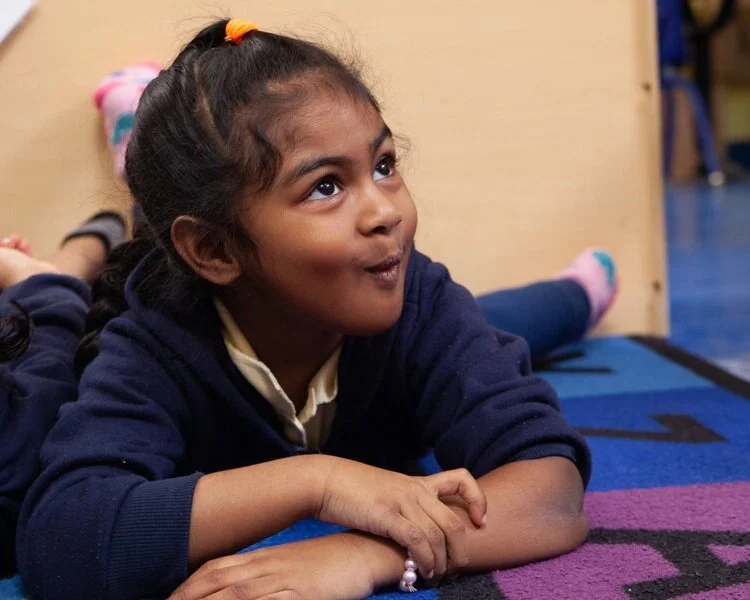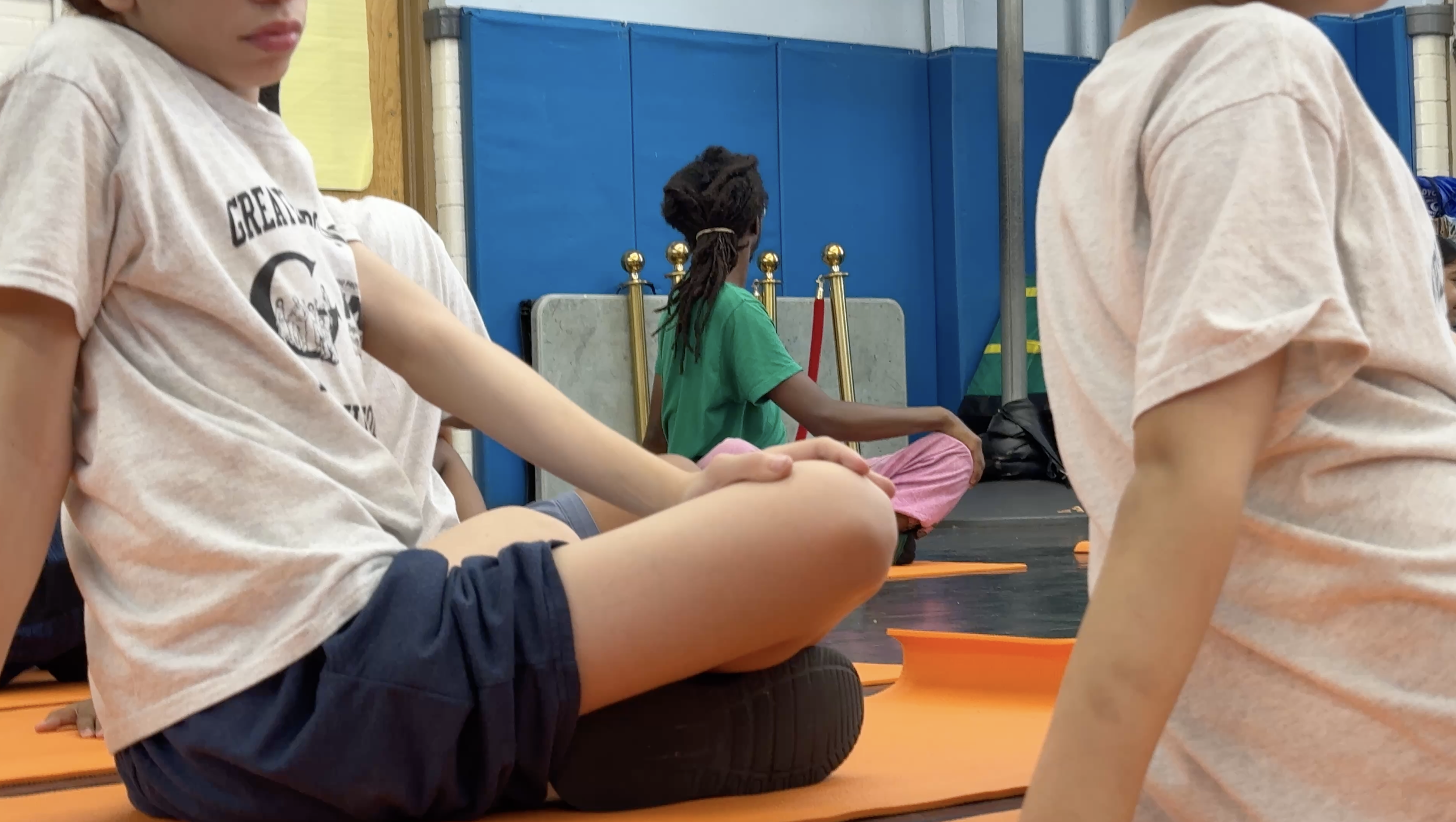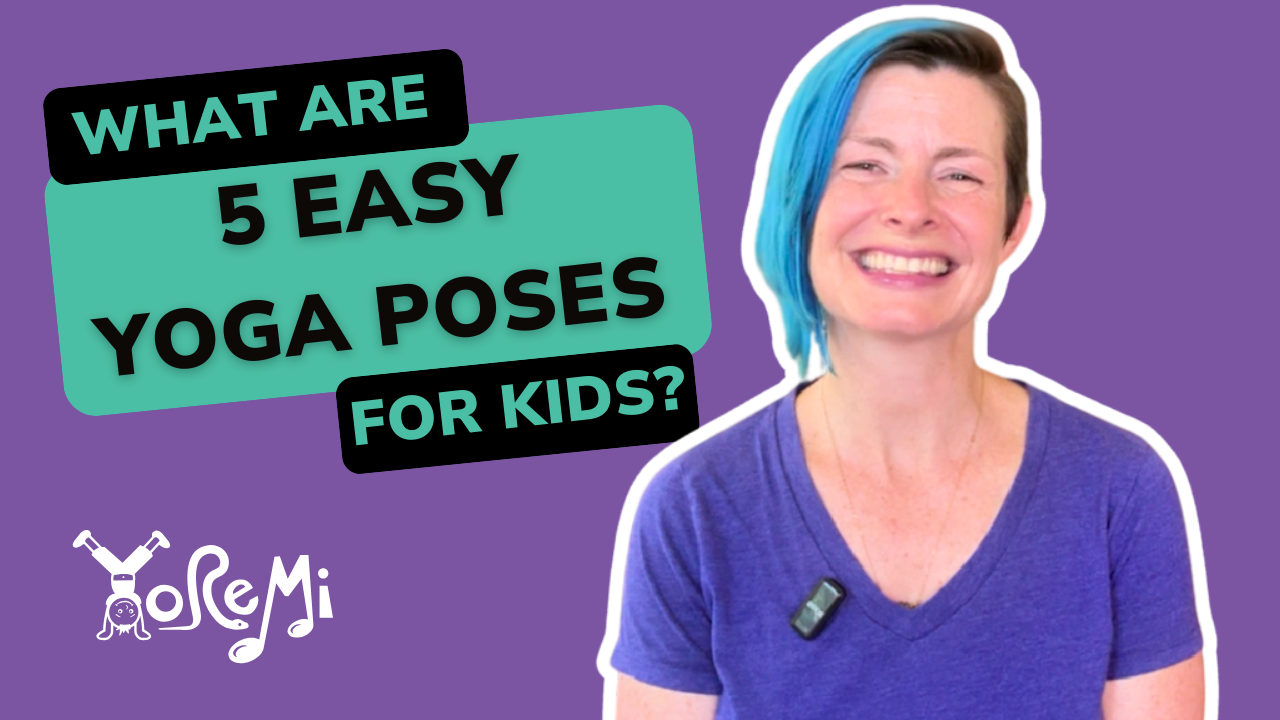How to Teach Your Kids Rhythm + Tempo for Child Development
In modern day society, it seems commonplace knowledge that music makes children smarter. Is it true? Yes, and that’s not all…
This guide to teaching rhythm and tempo to children will help you understand how music can support child development, as well as provide activity ideas for exploring rhythm and tempo with infants, preschoolers, and elementary school children.
How Does Music Make Children Smarter?
Study after study shows that listening to music - from the womb through early adulthood - increases brain activity and tongue movement in children. The linked benefits are increased facility with language and reasoning.
The less obvious connections are in fact more profound. Exploring the concepts of music as exercise, whether through singing, instruments, or movement activities - is highly valuable for its academic and social-emotional impact.
Recent studies demonstrate that music instruction may yield:
• Increased reading skills
• Enhanced access to empathy
• Greater discernment and comprehension of intent and motivation
• More cognitive flexibility (task-switching) and concentration
• More developed physical coordination including balance and gait
Exposure to music helps carving neural pathways which, at specific times in brain development, will permanently increase the brain’s ability to make certain types of connections.
So, music might not only make your child smarter, but perhaps also kinder, more physically coordinated, and a better communicator. Read more about music and child development here.
Here’s the bottom line for all parents, teachers and caregivers: We should all promote musical activities at every age and stage of child development - from infancy through high school and beyond.
Some among us might think, “BUT I’M NOT A SINGER.”
Can You Explore Music with Children if You Aren’t “Musical”?
Of course! Simple activities that explore rhythm and tempo do not require a music degree or any level of talent really.
Can you bang a hammer?
Can you clap four times?
Walk to a beat?
Then you can help children explore rhythm and tempo.
We all could use a little more music in our lives. A recent study shows Dalcroze activities help senior citizens improve balance and prevent falls.
In the same way “We Will Rock You” can hype up an entire arena of sports fans, the quiet music at the acupuncturist facilitates a release of muscle tension. I am listening to Chopin nocturnes while I’m typing this - the rich, textured piano provides the right kind of atmosphere for my blog writing.
What is Rhythm and Tempo?
Rhythm is a pattern of sound which can be repeated to a regular beat. Tempo is the speed of the beat. Here are ways to explore both.
TRY THIS: EXPLORE BASIC RHYTHM
Count to four on a continuous, steady loop, repeating 1-2-3-4, 1-2-3-4, 1-2-3-4…This is your rhythm.
Add clapping, tapping, or walking on each beat to explore the rhythm further.
TRY THIS: EXPLORE BASIC TEMPO
Experiment with clapping, tapping, or walking the 1-2-3-4 loop at a slow speed.
Try the same but change to a medium speed.
Try the same but change to a fast speed.
How to Teach Rhythm and Tempo to Infants
As with anything pertaining to infants, we are not teaching as much as demonstrating and exploring. The goal with music activities for infants is not an outward expression of understanding - its a sharing of information, from teacher to student, with the hope that repeated exposure creates a familiarity and a bond.
Repetition will be your greatest asset. Musical activities are not one-and-done games, they are longer, open-ended explorations.
TRY THIS: NAME RHYTHM
Help your child learn names and the associated rhythms with repetition. You can rock or bounce baby, wiggle feet or clap hands depending on what makes sense for their age, attention and mood. Take the melody of a familiar nursery rhyme:
It’s raining, it’s pouring,
The old man is snoring
And replace the words with “Daddy”
It’s Daddy, it’s Daddy,
Daddy, Daddy, Daddy
Or with the baby’s name, let’s use “Isabel”
It’s Isabel, it’s Isabel
Isabel, Isabel, Isabel (longer names may require faster phrasing!)
You can use this activity to explore not only names of people, but events, places, or any information.
It’s Sunday, it’s Sunday
We’re going to the garden.
The powerful nature of this exercise can not be overstated: you are re-writing a familiar rhyme to encapsulate a shared experience between you and your baby.
You may remember this new rhyme forever, or you may never sing it again. But the creating is the joyful part, so try to enjoy it.
TRY THIS: UP AND DOWN
Up and Down is one of our favorite songs because we explore rhythm through movement. Infants can participate in two different ways:
Infants can be seated or lying down, with the singing adult wiggling fingers rhythmically, encouraging the baby to follow the fingers with their eyes.
Infants can be held under the arms, lifted on the word “up” and lowered on the word “down.” (option 2 is a pretty great arm workout for the singer, as well!)
Toddlers and older can do the activity moving from a squat to standing as demonstrated.
TRY THIS: SPEED IT UP
Using a familiar song like “Wheels on the Bus” or “ABC’s”, place infants on lap and gently bounce or rock to a beat that matches a regular-speed version of the song.
Midway through the song, change the tempo (both the singing and the bounce) to a quicker tempo.
After a single phrase, move back to a normal tempo.
Speed or slow it again throughout song.
Older infants will typically giggle with delight at the faster tempo and increased movement. Don’t like to sing? You can also do this with simple counting, tongue clicks, or whistling.
READ NEXT: More Music-Related Blogs from Yo Re Mi
Tips for Teaching Rhythm and Tempo for Preschool - Elementary
Every music teacher has their own favorite call and response songs. All parents and teachers can perform these with relatively no music ability or experience leading a song.
TRY THIS: REPEATING FRUIT SALAD
Consider some familiar fruit words:
APPLE (two syllables, two beats, AP and PLE, counted as “ONE, TWO”)
TANGERINE (three syllables, TAN, GER, and INE in a quick-quick-slow pattern over two beats, “TAN-ger-INE” counted as “ONE-and-TWO”)
WATERMELON (four quick syllables in one beat, WAT-ER-MEL-ON, counted ONE-ee-and-a)
And more….you can include as many fruits as you want!
The parent or teacher sings the fruits in an entertaining order / Children will repeat:
Apple, Apple / Apple, Apple
Apple, Tangerine / Apple, Tangerine
Tangerine, Tangerine / Tangerine, Tangerine
Watermelon, Watermelon, Tangerine / Watermelon, Watermelon, Tangerine
If that kind of call and response comes naturally, try these next steps to increase the challenge:
Vary the tempo so the song moves more quickly or more slowly
Add clapping or other different movements for each fruit.
Add a melody or different short tune for each fruit.
Encourage children to take turns being the leader.
Want to do this with a classroom curriculum? Don’t restrict yourself to fruit.
How about some STEAM integration for the phases of water? Each syllable gets one beat.
Water Vapor / Water Vapor
Ice Ice Ice Ice / Ice Ice Ice Ice
Liquid Water / Liquid Water
Ice Ice Ice Ice / Ice Ice Ice Ice
With a simple call-and-response structure, the possibilities are endless. Adding call and response to any lesson increases listening as you share valuable information or have a meaningful conversation related to the subject.
TRY THIS: tongue twisters with tempo!
New Victory Theater has recently created some incredible remote learning resources. Their songwriting series includes a terrific vocal warmup, complete with a great tongue twister to get mouths moving.
(The full tongue twister starts around 6:00)
Double Bubble Gum
Super Duper Double Bubble Gum
Super Duper Double Bubble
Super Duper Double Bubble
Super Duper Double Bubble Gum
This can be sung as in their video, or spoken in rhythm!
Start at an easy, steady tempo, set by clapping hands, snapping fingers or tapping a hand on the side of the leg.
After one time through the tongue twister, speed up the tempo. See how fast you can do it!
To make this more challenging for older children:
Have children create repetitive movements for each section. Speed these up with the tempo changes!
Have children work together to do it in sync with each other
TRY THIS: TAKE IT OUTSIDE
Just observing and reflecting back on the world around us is often enough reason for rhythm. Create rhythmic lyrics to reflect on a walk outside. This could be in on school grounds, in a backyard, walking through a park or down the street. Whatever you see, make it a rhythmic lyric. Add stomping feet, dance moves, harmonies, call and response, or other things to keep your children engaged.
This is equally possible in the city….
Sidewalk, Sidewalk (marching feet)
Lots of Cracks (tip toe running feet)
Wave to a neighbor (spin around waving)
Stop at the corner (freeze)
…or perhaps somewhere in nature. After I taught my son that one, he made this one up, inspired by a recent bike ride:
Big Pond (forward fold)
See the ducks (pincer grip on one hand)
See the geese (full beak motion with both hands)
Wave to the fishies (arms up and spin around)
Teaching rhythm and tempo to children can help foster inclusion, acceptance, and excitement. Get started, and drop us a line to let us know how it’s going!
Save this article for later and don’t forget to download the Yo Re Mi app for children’s mindfulness and musical yoga videos.


















